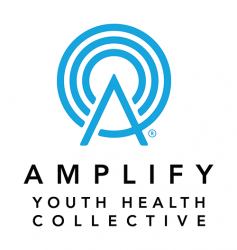Sexuality ABCs: Abstinence, Birth Control and Condoms will leave you with a deeper understanding of contraceptive methods and knowledge on how to develop and teach lessons that are designed to help reduce rates of unintended teen pregnancy while learning about the latest trends in teen contraceptive use.
Format/platform: Online Learning Management System (Canvas e-learning), hosted by Rutgers University
- Six-hours of total contact time utilizing videos, podcasts, instructional games, discussion boards, written assignments, presentations, readings, and visual animations
- Asynchronous
- Instructor-led
All content is aligned to the National Sexuality Education Standards, the National Teacher Preparation Standards for Sexuality Education, the Professional Learning Standards for Sex Education, and the Areas of Responsibility and Competencies for Health Education Specialists.



